Back when I was just a wee lad with no hair on my face, no job to speak of, and my only ambition in life was to be a fireman (didn’t pan out, obviously,) there was a cracking little game on the original PlayStation: Micro Machines. Damn did I have some fun with that game.
Fast forward 20-ish years and I’m now much older, much hairier, and my new ambition in life is to do as little as possible. Oh, and there’s a new Micro Machines game, but it’s not called Micro Machines. To be fair, the similarities kind of end with the general concept of mini-cars circuit racing from a top-down view, but it’s similar enough to evoke some childhood nostalgia.
If you’re not familiar with Codemasters’ classic, then let me bring you up to speed on what Mantis Burn Racing is all about: your job is to drive little cars around varying tracks. Simple as that. Well, not so, actually. There’s a surprising amount of depth to Mantis Burn Racing and it’ll take you hours to really get into the thick of things.
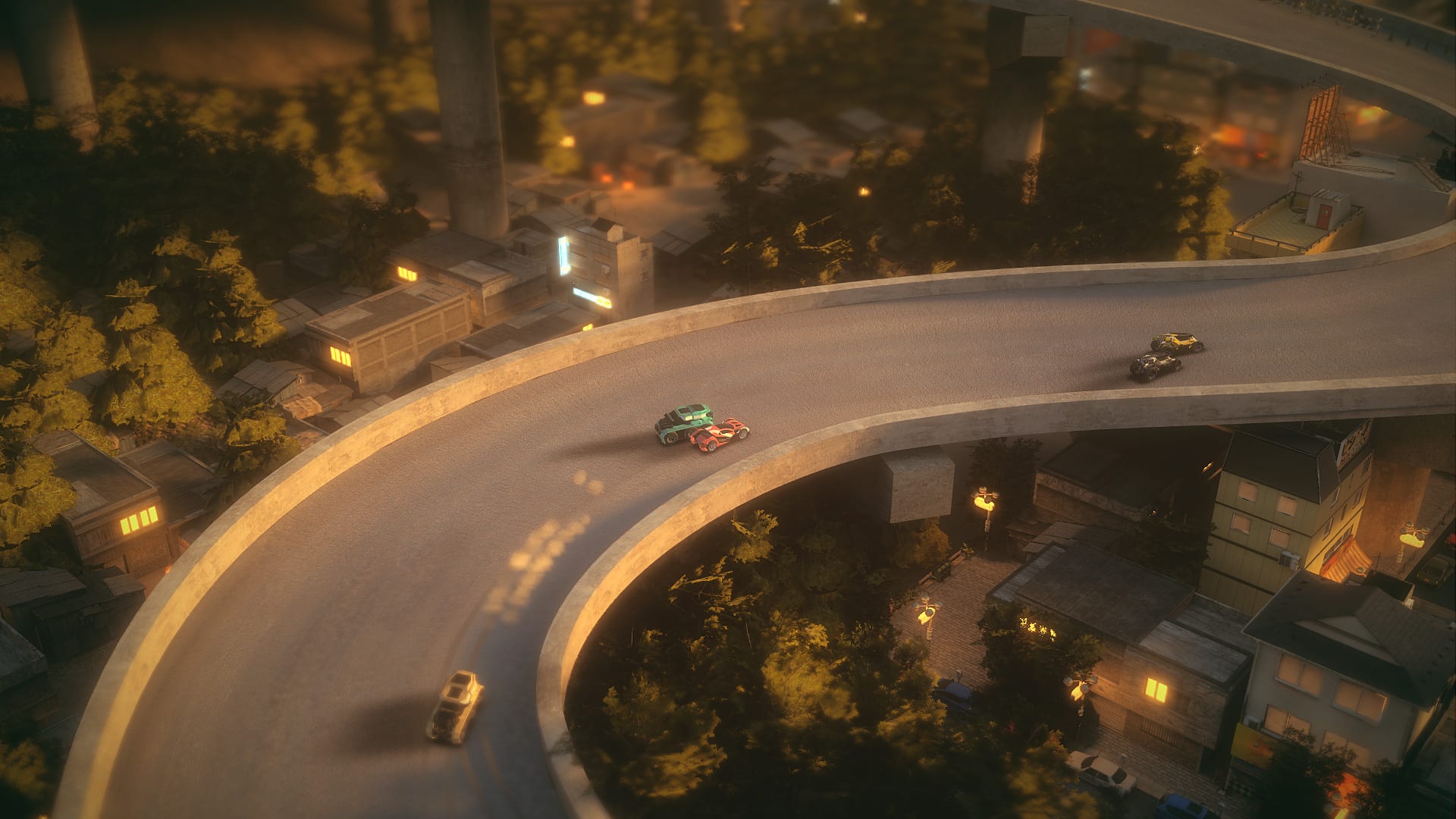
As expected then, Mantis Burn Racing is simple in nature, but don’t let the somewhat simple graphics and gameplay fool you: this game is hard. You might not think it’s all that difficult when you boot it up and start making your way through the first few races in the career mode, but soon enough the difficulty ramps up.
You’ll start with the ‘Rookie’ seasons where you’ll need to prove yourself in a variety of races. They’re the standard kind of thing: traditional lap races, time challenges, elimination, and so on. For each event there are a number of gears that can be won. Do well in the race and you’ll bag yourself three shiny gears. Do shit in a race but complete an in-race challenge (drifting, getting some sick air, etc) and you’ll still earn yourself a few gears.
So what’s the significance of gears, I hear you mumble. Gears are needed for progression. If you want to make it out of the Rookie leagues and race with the Pros, you’ll need to earn some gears to unlock new championships. It’s simple enough but it does give a good challenge, plus, some events have challenges that simply can’t be done until you’ve upgraded your vehicles, so you’ll be going back to them at a later time. Speaking of upgrades…
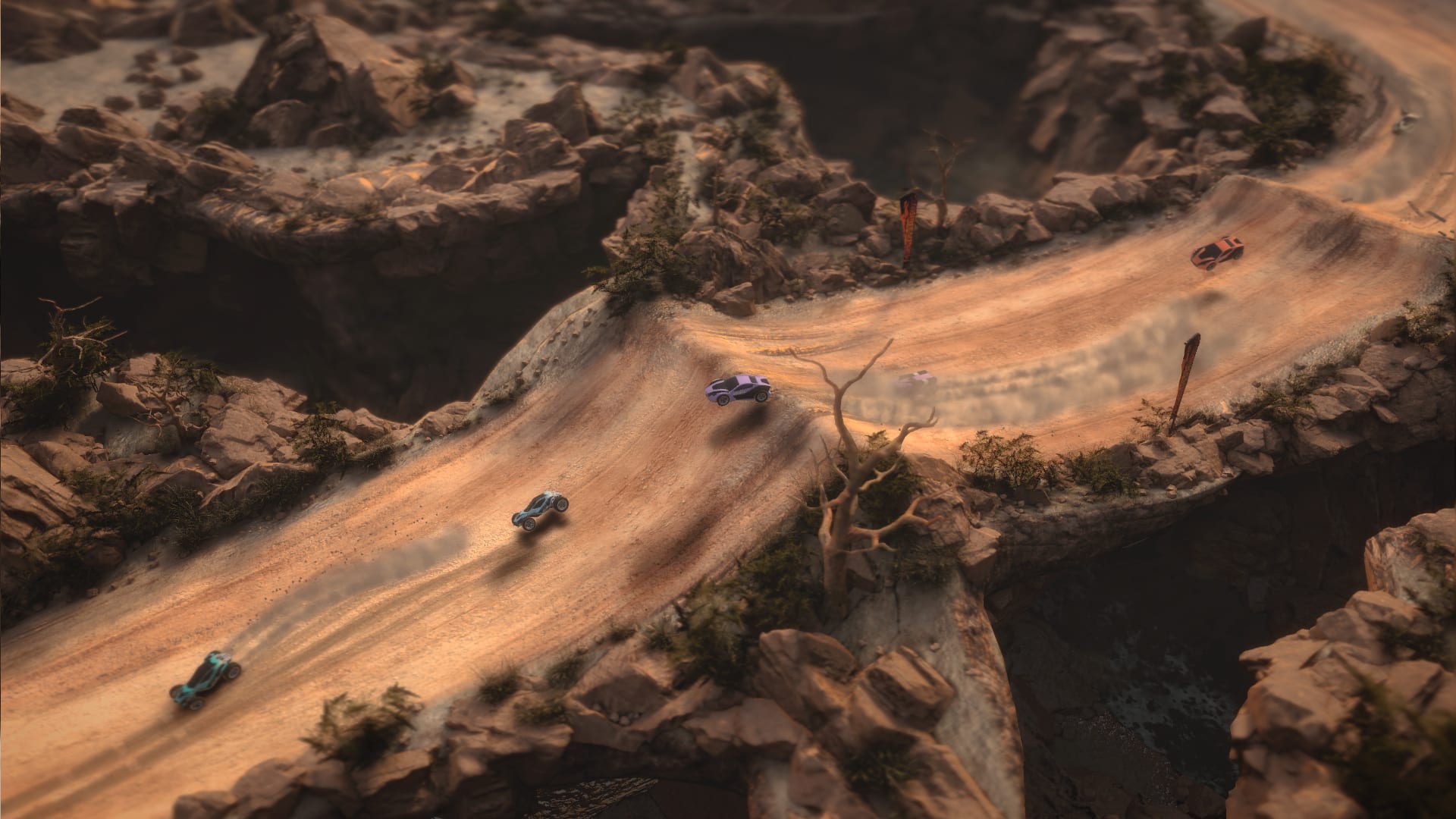
You don’t just earn gears in races; you also earn experience points and money. The experience points help you level up – something needed to access better vehicles – and the money is used to buy vehicles. You also unlock car upgrades which improve the performance of vehicles. It sounds a bit complicated, but in all honesty (and I’m a simple man) it’s not hard to follow the progression system.
Right, now that we’ve got the itty bitty stuff out of the way, let’s talk about gameplay. In short, it’s sweet. In more words, it’s not as simple as it looks. Sure, the controls are mapped to just three buttons – R2 to accelerate, L2 to brake/reverse, and the cross button to boost – and sure, the cars look somewhat cute when they’re dashing around the little tracks with their quaint little buildings and boats that look like lovingly crafted miniature models, but it’s hard.
The first season in the career mode is a breeze, though I still found myself struggling to win a few races and had to revisit them later on when I was about five hours older and wiser. Moving on to the second rookie season saw me get destroyed by the opposition until I took it a little more seriously.
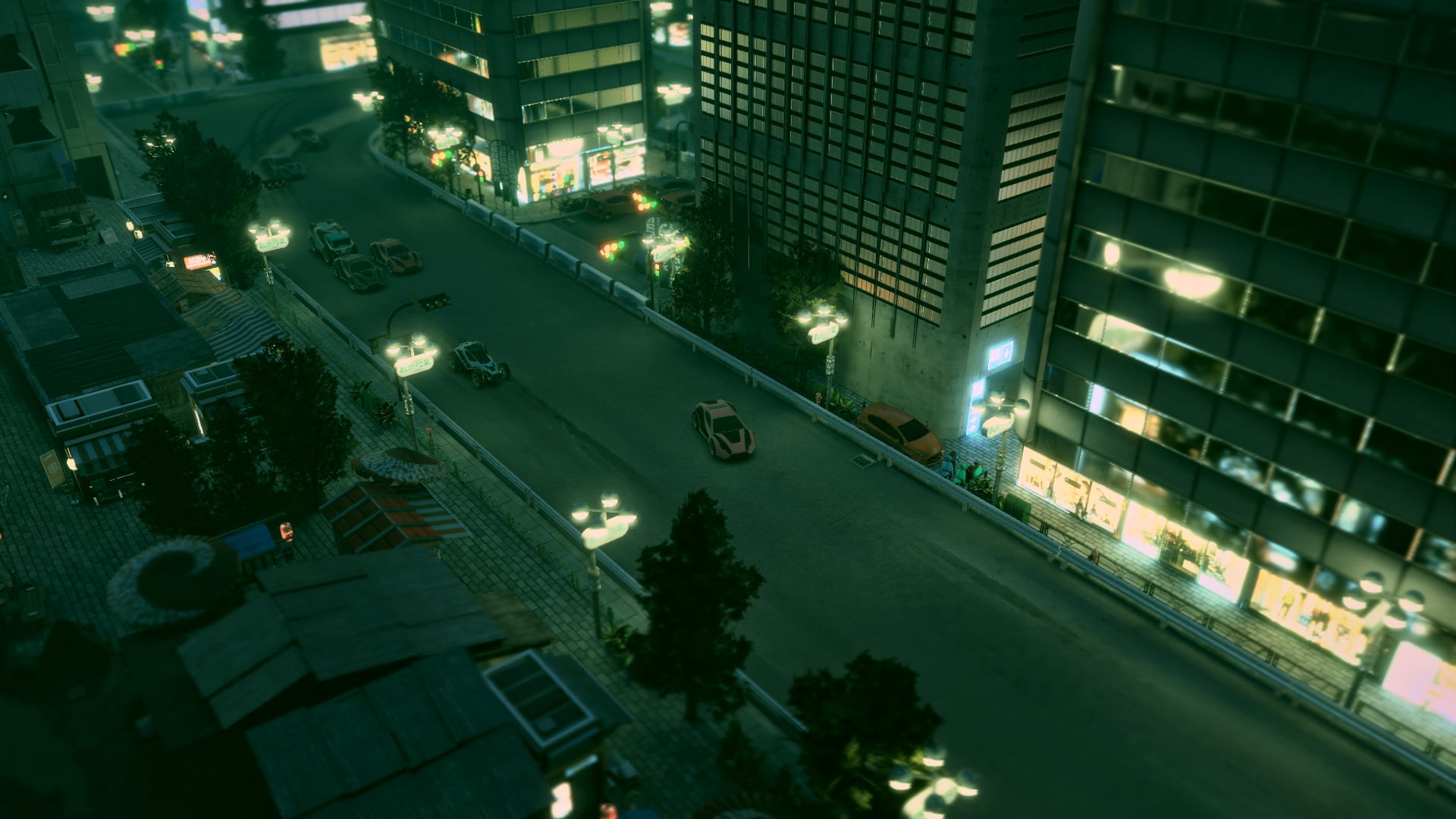
My problem was that I didn’t respect the cars and what they were capable of; I thought they were all the same and that I could just drive them all in the same manner. I was an idiot. Cars handle differently according to their weight class and speed capabilities, not to mention the upgrades that can change a car’s stats. Heavy cars accelerate slowly and don’t want to be eased into a turn, they want to go into a nice wide drift, but only if you’ve packed enough speed into it.
Lighter cars are more nimble and have no problem turning sideways to pull off a Ridge Racer-style drift. They pick up speed quickly too, but they’re also a little harder to control at speed. It’s a balancing act but once you’ve found your legs, it’s all good fun and you’ll be hitting the turns and pulling off some sweet drifts without thinking twice.
As you’ve probably guessed, drifting is a big part of the racing experience in Mantis Burn Racing. That’s not a bad thing at all either because it’s really, really satisfying to pull off the perfect drift, so much so that I found myself restarting races if I didn’t hit the first corner exactly how I wanted to. Yes, I’m something of a perfectionist.
There’s more to racing than just sliding around corners like a mad man though. There’s the A.I, the tracks, the scenery, the performance, the audio. Ah, the audio. You know, I’m struggling to find bad things to say about Mantis Burn Racing, but I guess one negative would be the music. It’s not bad music as far as music goes, but it’s always there and after a while it does get repetitive. You can barely hear the cars and their engines – they’re reduced to a low hum with the occasional screeching of tires – because the music plays over during the races. There are options to mix the sound to your liking, so it’s not exactly a deal breaker.
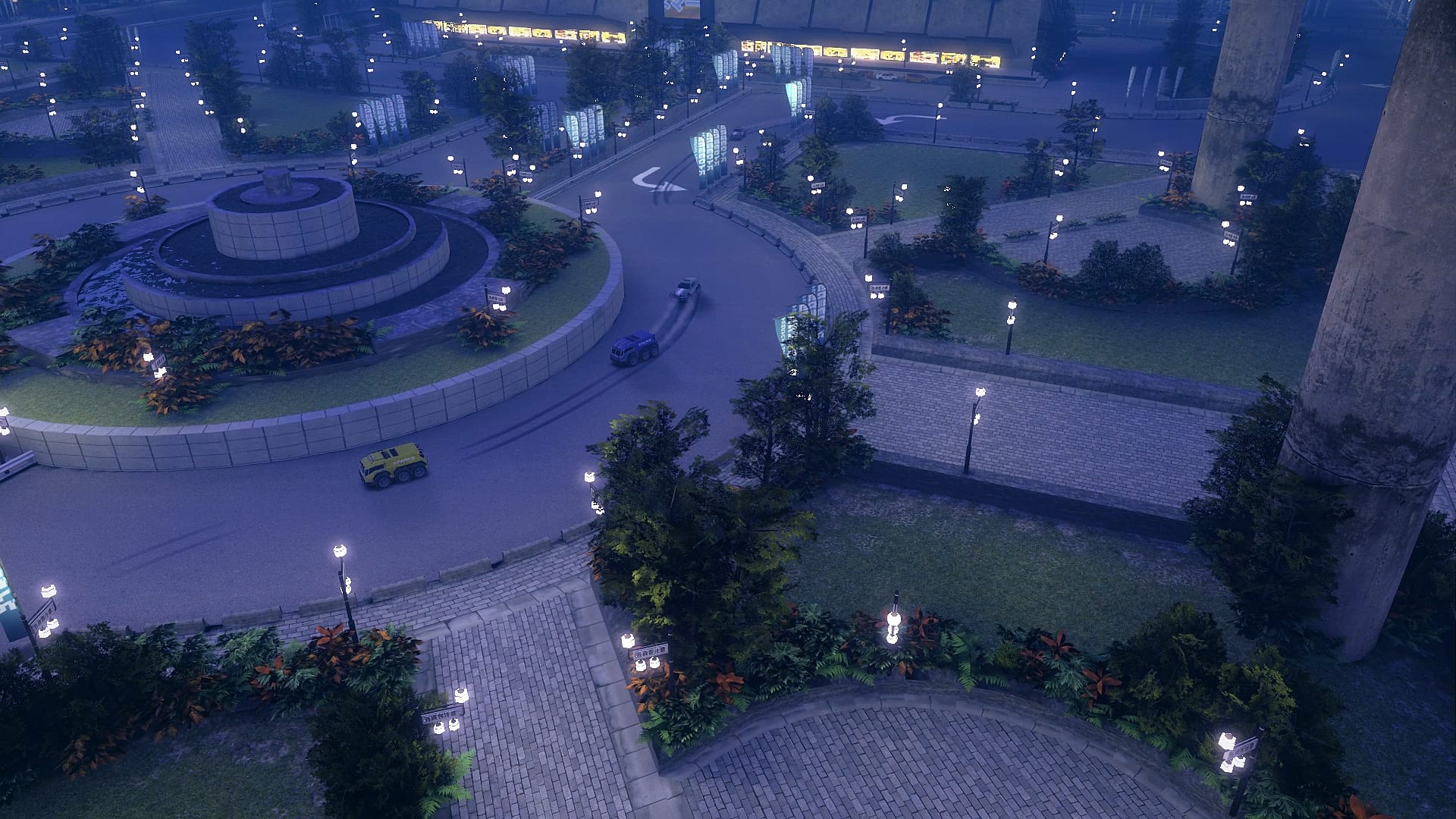
What did give me a few issues was the camera work, or at least for the first hour or so. When you’re zipping around the tracks at speed the game’s camera shifts accordingly. This can be very nauseating – or at least it was for me – but thankfully there are a few different camera options, one of which keeps the camera more or less static, though I did cowboy up and stick with the default camera after pushing through.
The game’s A.I is a bit of a mixed bag. As I said, the first set of events are pretty easy but the difficulty spike is very noticeable and you’d best be ready to really focus on hitting the right racing lines and taking advantage of any shortcuts you can find. I suppose it also helps to work on your collection of vehicles as well; keep going for the upgrades and you’ll soon find yourself leading the pack.
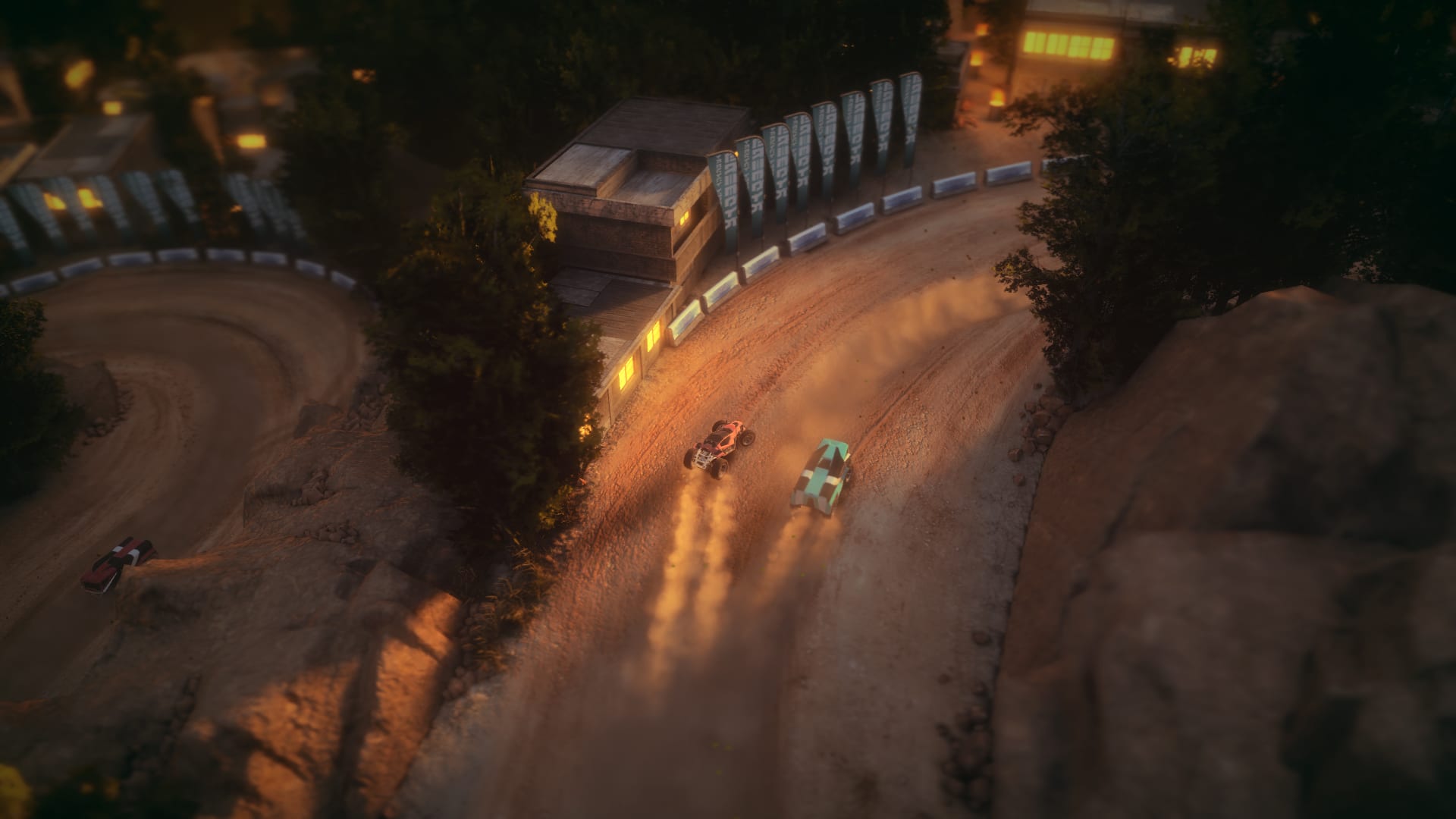
Lastly, the game’s graphics. It’s not most ultra-realistic game you’ll play on your PS4 but that doesn’t matter. The graphics are really nice and fit what the game’s trying to do. The various maps are well put together and, I’m not sure if this is intentional, the little buildings and boats all look like adorable miniature models ripped from Thunderbirds or something. According to the developers, the game will make use of the PS4 Pro’s extra power and give it a big resolution boost, though you’ll enjoy the visuals just fine on the regular PS4.
Oh, not so lastly, actually. There’s multiplayer. I only had a handful of races online but it all worked rather nicely, albeit it with a couple of laggy moments due to my connection being a little bit shit. There’s also local multiplayer, though I’ve not had the chance to give this a proper go just yet, and I won’t until later in the week. Still, it’s a nice option to have it but I’m just a wee bit scared about playing it with the Mrs. She’s a very sore loser.
Mantis Burn Racing PS4 Review
-
Overall - Fantastic - 8.5/108.5/10
Summary
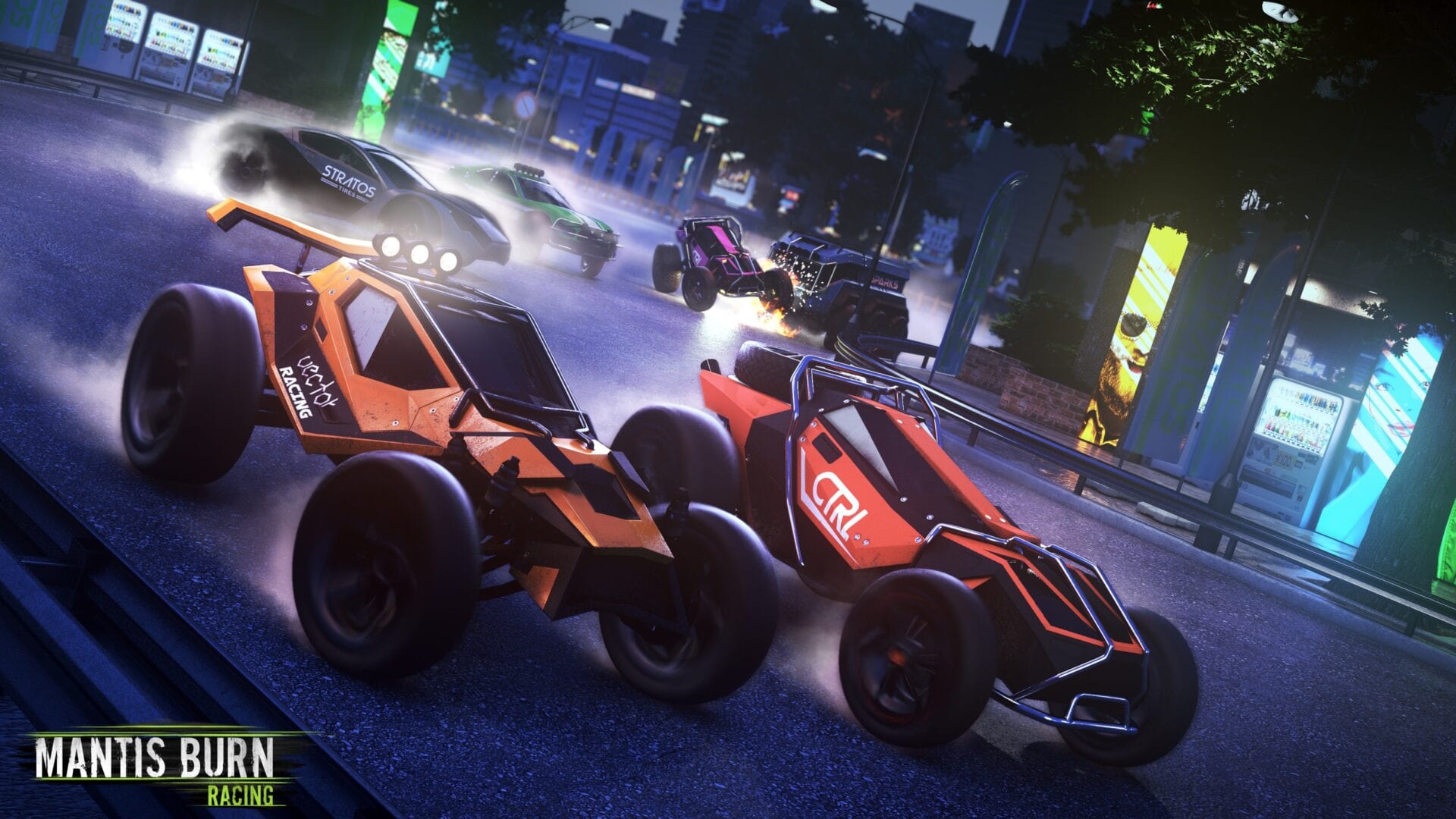
Mantis Burn Racing sets out to be a fun top-down circuit racer that you can pick up and play with ease. In this respect it has succeeded massively. It’s a fun little game that’ll keep you going for hours on end with the extensive career mode, though I imagine this game will get its legs from its multiplayer suite.
It’s a simple, fun, and unpretentious racer that harks back to the good old days when a racing game was just a racing game. Get a mate or two (local or online) and you’re bound to have some silly fun.
Review Disclaimer: This review was carried out using a digital code provided by the publisher. This has no effect on the content of the review or the final score awarded. For more information, please read our Review Policy.















